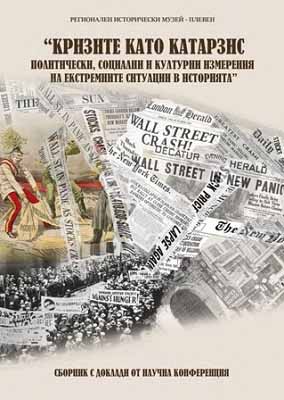Католическата църква и лутеровата "зараза" в началото на XVI век
Roman catholic and Luther’s „infection” at the beginning of the 16th century
Author(s): Marieta StoykovaSubject(s): History, Modern Age, 16th Century
Published by: Регионален исторически музей – Плевен
Keywords: Catholics; Lutherans; Protestants; Reformation; Religion; Church; Changes
Summary/Abstract: The religious movement known as Reformation started by Martin Luther in 1517 divided the Christian world in to Catholics and Protestants. His critiques of indulgences and corruption in the Church led to a spiritual revolution with many consequences. The influence he exerts on the religious and philosophical thoughts of the laity undermines the authority of the Catholic Church, indisputable for centuries, until now. He teaches people that they don`t need a mediator to communicate with God. All they need is the ability to read, the Bible translated in their own language, and strong faith. With his propaganda, Luther put an end to a worldview that had defined people`s life for centuries. By acquainting people with the true word of the Bible in their native language Luther gains many followers not only among the poor but also among the aristocracy. Reformation divides Europe into North and South – borders that have survived to this day. The Nordic countries followed Luther and his doctrine, while the Southern ones remain attached to the Catholic Church.
Journal: Плевенски исторически четения
- Issue Year: 2022
- Issue No: 1
- Page Range: 68-77
- Page Count: 10
- Language: Bulgarian

